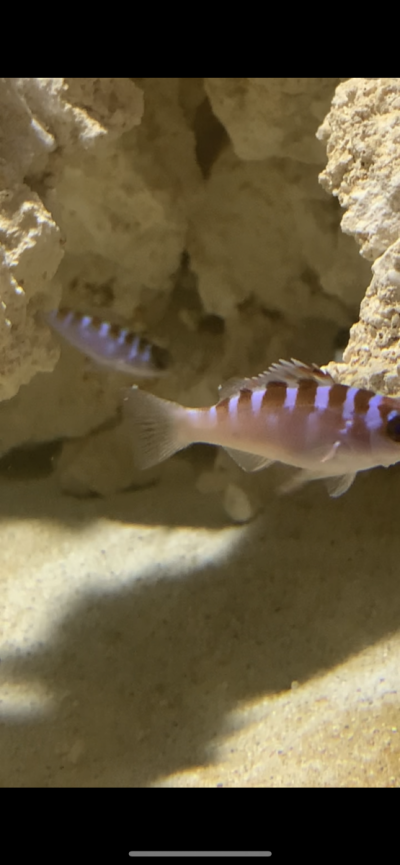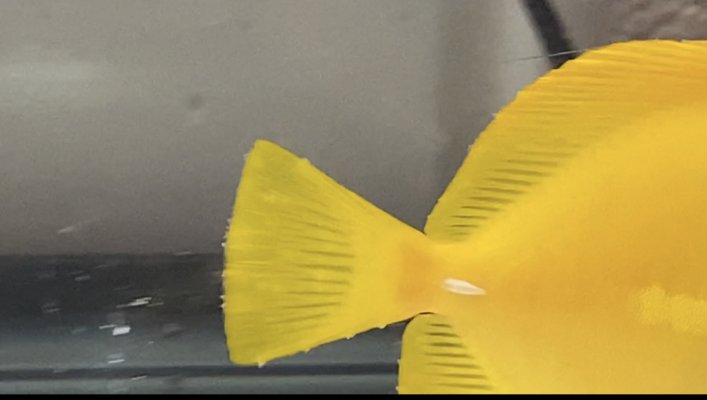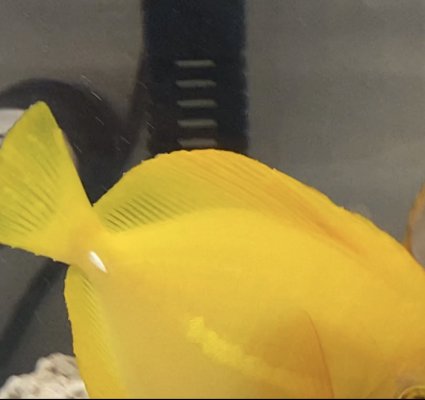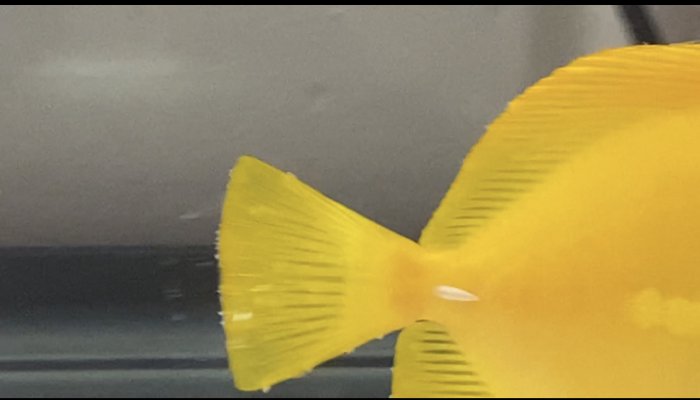I noticed this morning a couple white spots on one of my Chalk Basslets. They are on the very edge of the tail and are fairly large (look larger than most Ich spots I see online). The chalk bass is acting completely normal, is eating well and has not shown any signs of flashing or irritation.
thanks in advance.


thanks in advance.


























